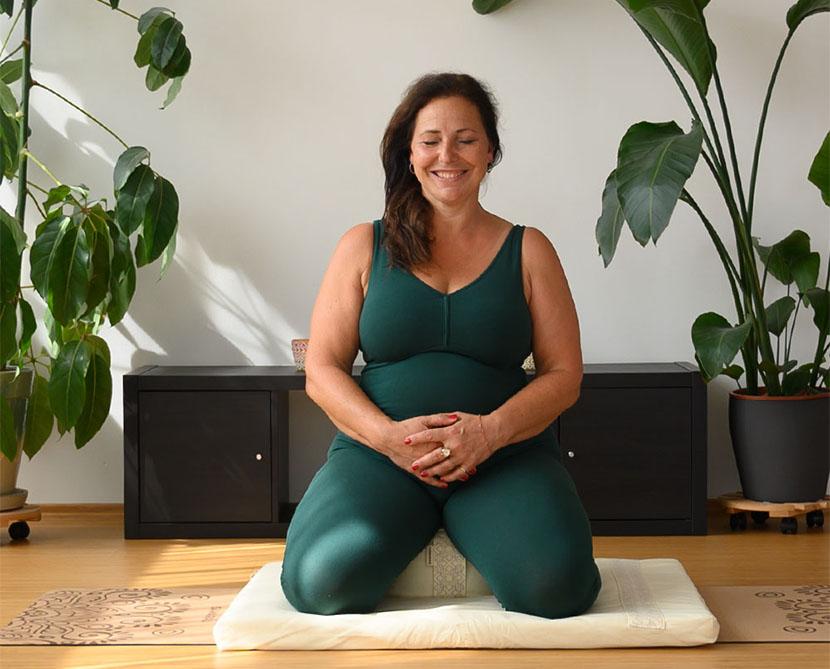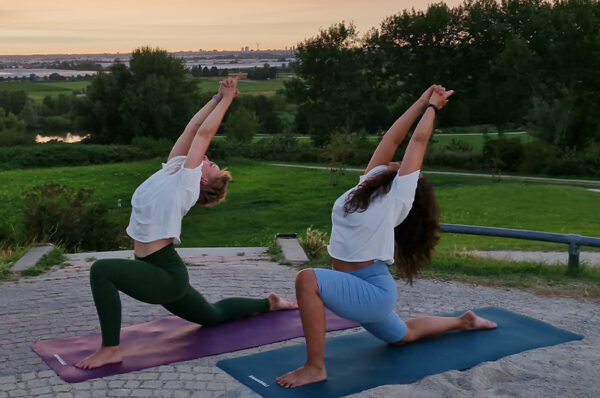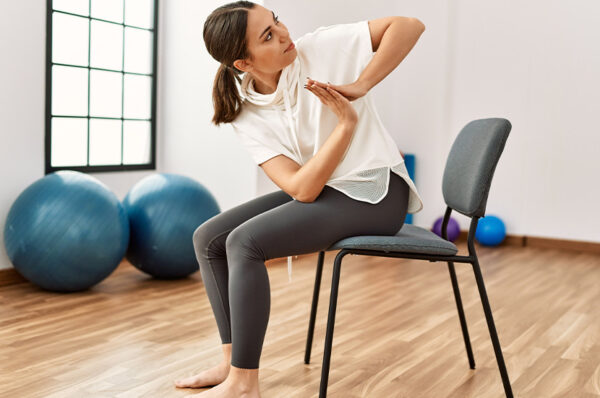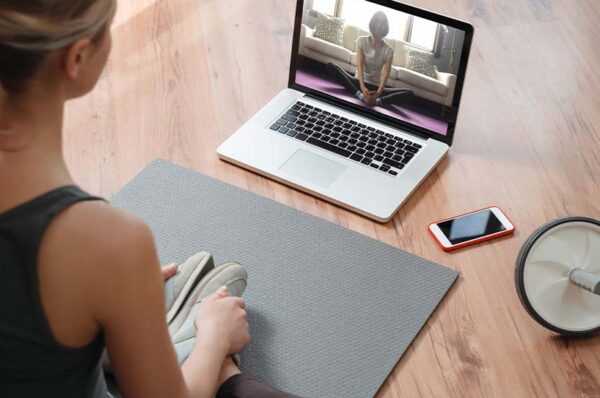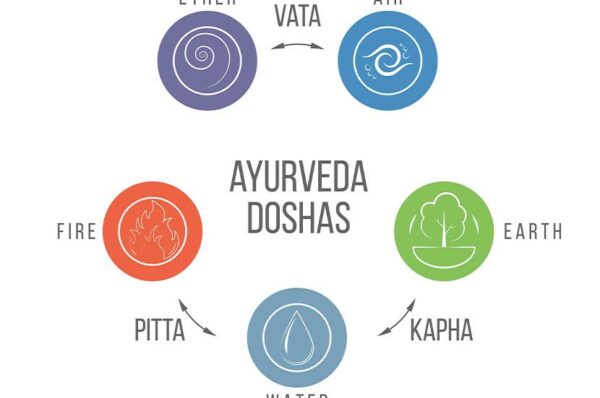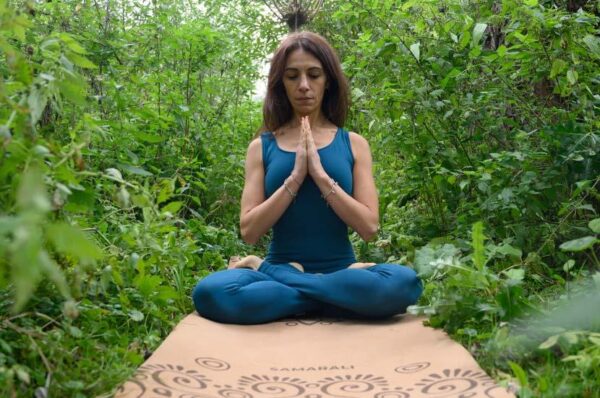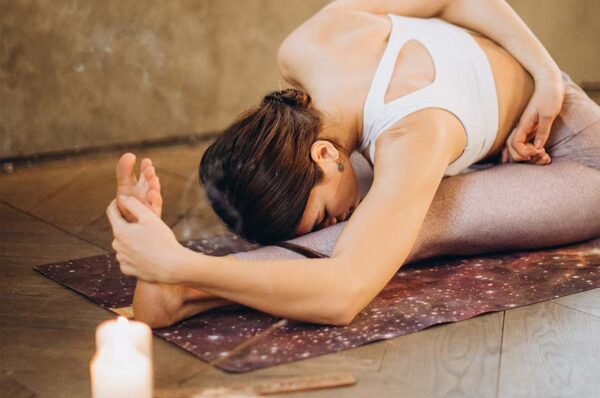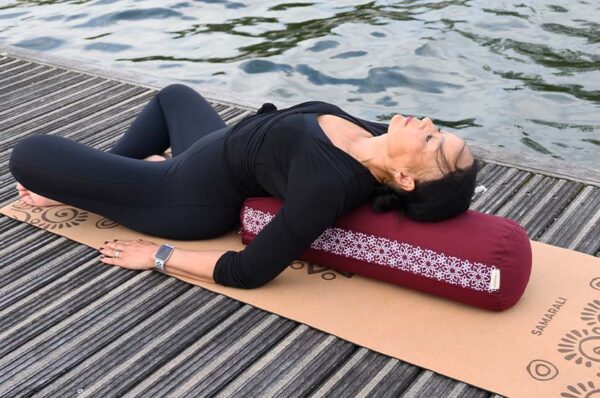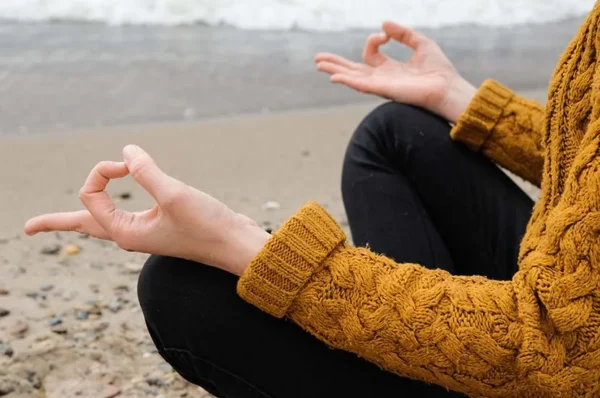Gone are the days of yoga being considered a trend. Due to its surge of popularity and a vast range of benefits, it’s no wonder why so many people have started turning their attention to it.
However, no matter if you’re an experienced yogi with rubber-like flexibility or a complete rookie who has just started dipping their toes into restorative practice, you’ve surely realized that there’s a wide variety of yoga types.
Not only does this make you wonder about which choice is most suitable for you, but it also makes you question the origin of yoga. Well, today, we’ll resolve one of these two things.
The history of yoga
The history of yoga began 5,000 years before our time in India, but it had a much different form from the one we know today.
Namely, during this time, Vedic priests taught about wisdom and healthy living through songs, prayers, and other rituals that were significant at this age.

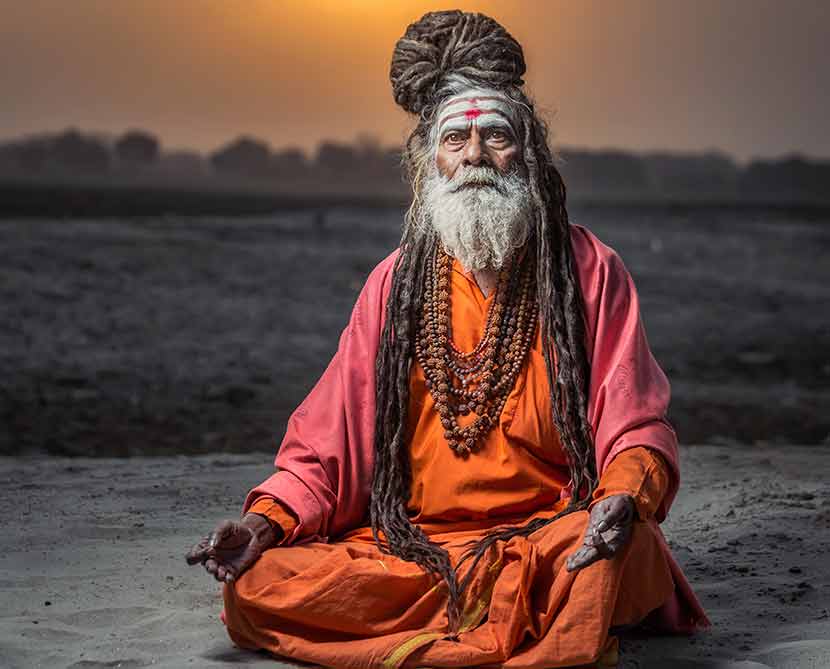
What this tells us is that there were no usings of breathing techniques or body movement. Yoga was a spoken philosophy that had religious undertones.
Some of the writings that documented them can still be found to this day.
The History Of Yoga: the Classical Age Of Yoga
But of course, like most things in life, yoga started changing its form and the history of yoga as well.
That said, people started realizing that the context of this philosophy was becoming contradictory. Therefore, a more systematic approach was needed to better understand it.
Therefore, ancient yogis tried to form their own interpretations of the practice.
However, Patanjali had the most success, ultimately becoming the founder of yoga.
He describes it as a path to enlightenment, branching out into eight limbs, each carrying its own significance.
This point in the history of yoga is known as the Classical Age, at which the practice standardization began.
The First Shifts
Even with Patanjali’s teachings, yoga was still “practiced” in written form, but then things started taking a slight turn.
As practitioners followed the eight limbs mentioned above, certain groups, like the Tantricas, thought that the body should also be brought to attention, not just the mind.
This prompted the invention of Tantra yoga. It introduced body and soul cleansing methods, as that was the only true path to total enlightenment.
In addition, this time also marked the beginning of Pranayama yoga which heavily focuses on dynamic breathing techniques.
Yoga In The Modern Age
With this body-and-mind connection, the Modern age of yoga began and started finding its way into Western culture, though it still wasn’t that popular.
On the other hand, those who practiced it were nurturing it and working towards raising awareness.
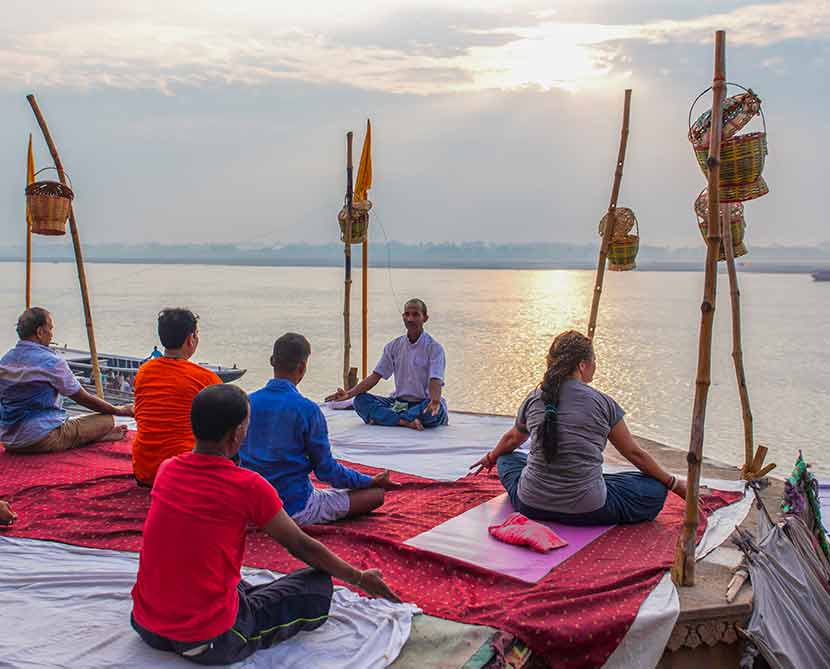
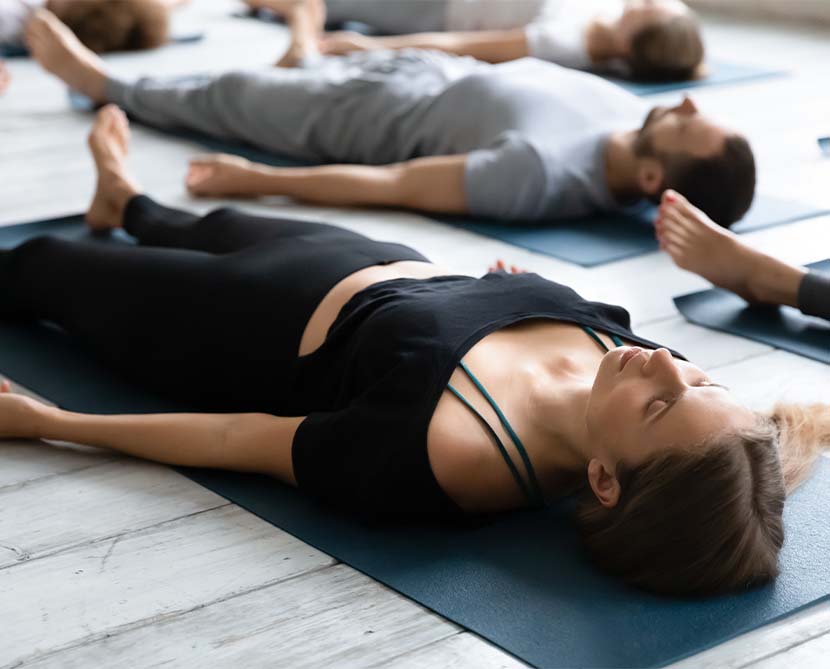
That said, the philosophical form of yoga was fully developed, practiced, and taught. Nonetheless, certain practitioners still felt that this wasn’t enough.
Because of this, in the 1920s, T. Krishnamacharya, a yoga teacher, was working towards refining Hatha Yoga. He even opened the first school for it in Mysore, India.
In addition, he also believed that the modernization of yoga should also include physical movement. Therefore, he also specified the importance of body alignment while practicing yoga.
With that in mind, this period in the history of yoga is recognized as the first mention of the practice as we know it today.
However, it was still very early in the stage of development.
First Fully-Developed Yoga Systems
Moreover, Krishnamacharya had numerous pupils who followed his teachings, including the likes of B.K.S. Iyengar, T.K.V. Desikachar, and Pattabhi Jois.
In fact, each of them had their own contribution to yoga beginnings.
Iyengar contribution to yoga
Iyengar made notes of how the body should be positioned precisely and even started including breathwork.
Additionally, he developed over 200 yoga poses and put them in a system that led to a healthy mind, body, and spirit.
This system finally became Iyengar yoga, and it’s still practiced to this day.
He also included using different kinds of props, like blocks, similar to the ones we offer at our store!
Desikachar contribution to yoga
Furthermore, Desikachar developed his own style of yoga called Viniyoga.
He ensured that the previous philosophies were not forgotten but rather incorporated while doing a physical movement.
Jois also had a major contribution to the history of yoga. He took the eight limbs as mentioned above and transformed them into Yoga Sutras.
This led to the establishment of Ashtanga yoga, one of the most popular types of restorative practice.
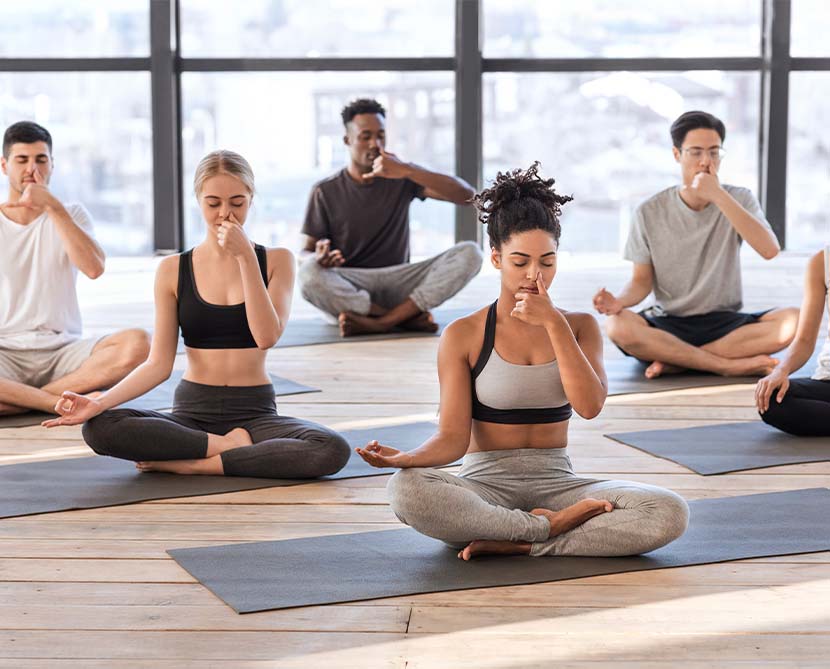
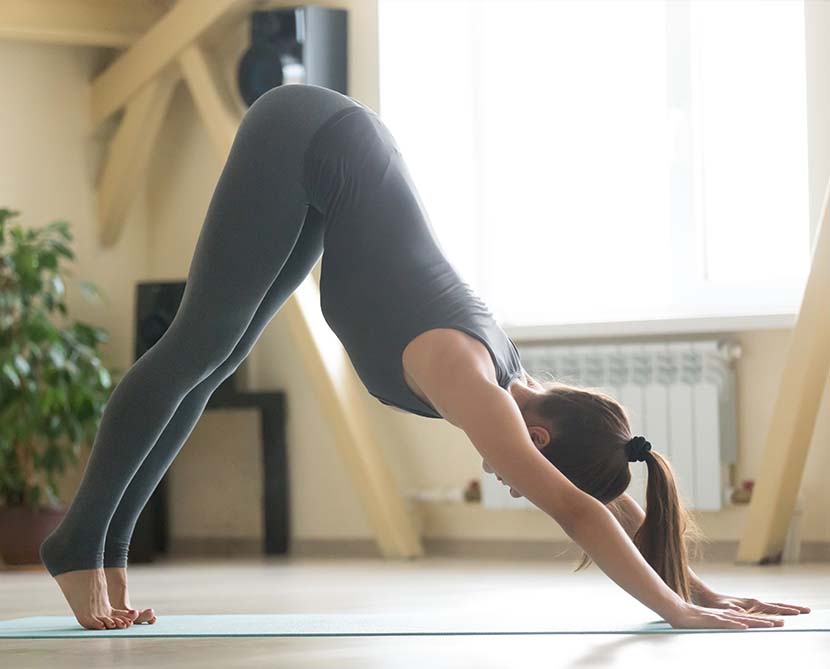
He kept most of the previous teachings of yoga, but he believed in physical movement.
It was part of the practice needed to have flow, thus improving stamina, strength, and flexibility.
Finally, in the 1940s, the popularity of Ashtanga yoga was widespread. It led to the establishment of the first Ashtanga Yoga Research Institute.
The Dominance Of Yoga In The West
But the question still prevails – what has made yoga so popular in the modern world, especially in the West?
Although the 70s are noted as the years of the exercise boom since new fitness studios were opening by the minute, yoga was still considered an obscure practice.
People were head over heels for aerobics, which shares some elements with yoga. However, dedicated yogis still practice certain forms of it, like Ashtanga or Iyengar.
In fact, it was Ashtanga yoga specifically that catapulted the restorative practice in the modern world since many gym fanatics took an interest in its “fitness” aspect.
Hatha yoga followed suit, and finally, the growing interest led to the rise of new yoga forms like Power Vinyasa and Bikram Yoga.
As a result, more and more people started turning to yoga since its physical benefits were second to none.
However, they didn’t know that they also enjoyed a range of mental benefits due to the philosophical nature of the practice.
Now, the rise of yoga shows no signs of slowing down, and with that, the history of yoga is becoming more colorful by the minute.
It still poses a tool that helps with personal growth and self-awareness, ultimately leading to the true path of enlightenment.
We hope you found this trip through history insightful. If you wish to make your practice more comfortable and raise your vibration, take a look at our range of sustainable yoga mats and various yoga and meditation sets.
In the meantime, check out the rest of our blogs!
